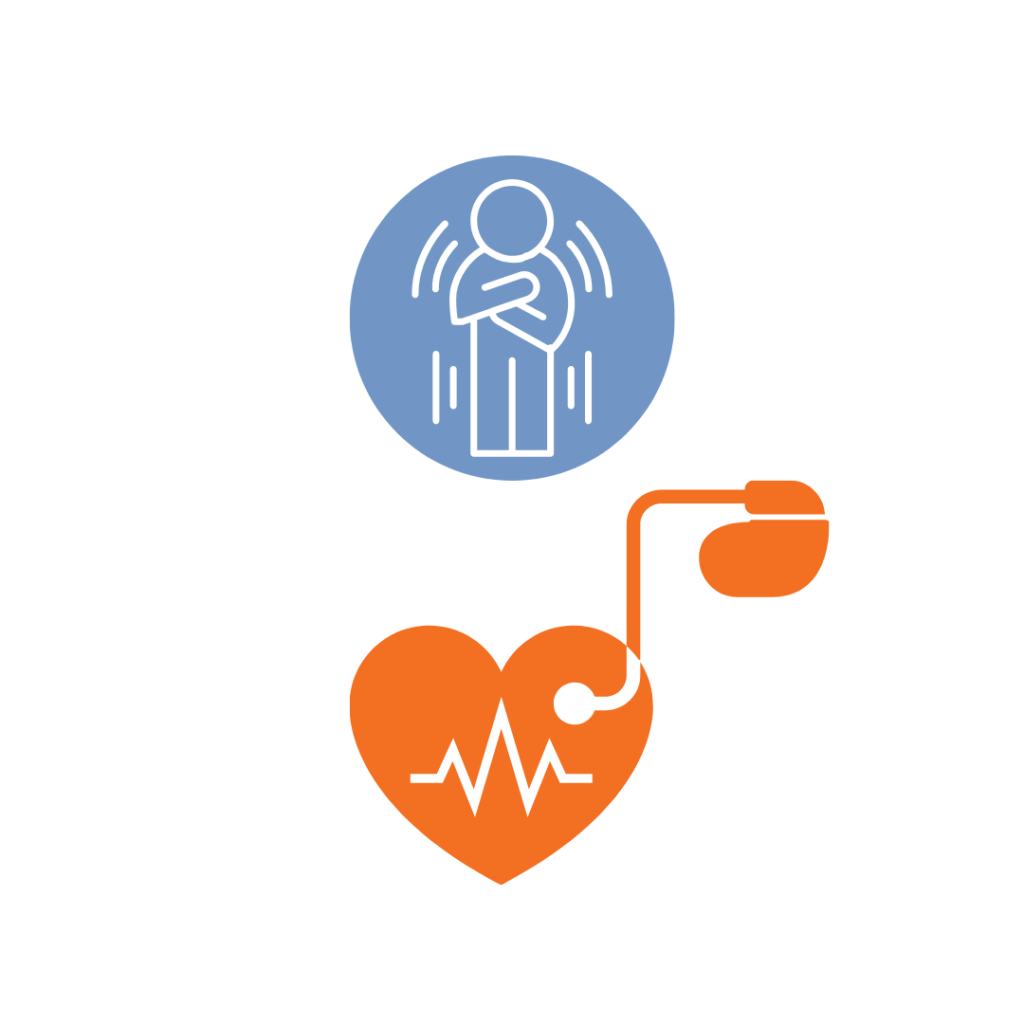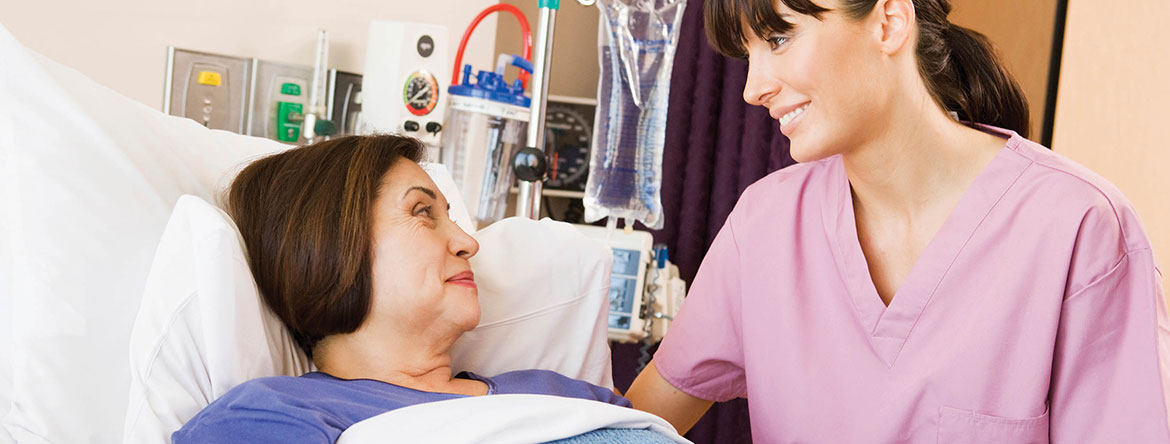Patient warming is not just about comfort.
Patient warming has become the standard of care in the operating room and beyond. It’s expected that body temperature will decrease during surgery; As a result, it is paramount that healthcare professionals work to maintain normothermia. Normothermia is defined as the condition of having a normal body temperature, usually between 36.5°C and 37.5°C. Normothermia is maintained by balancing heat loss and heat gain. General anesthesia disrupts the body’s normal mechanism to control temperature and is responsible for roughly 80% of a patient’s heat loss (McSwain et al). Other factors include room-temperature IV or irrigation fluids, cold operating rooms, or uncovered skin. When the core body temperature falls below 36° C, the patient is considered hypothermic.
What is Inadvertent Perioperative Hypothermia?
Inadvertent perioperative hypothermia (IPH) is a common consequence of anesthesia. It occurs when the core body temperature goes below 36° C and increases risk factors for shivering, cardiac events, surgical site infections, blood loss and poor drug metabolism (Riley & Andrzejowski).
In the first hour of general anesthesia the body undergoes vasodilatation, or the widening of blood vessels, to allow the warmer blood to move away from the body’s core and mix with the cooler blood in the periphery. The cooled blood circulates back to the heart and causes a drop in core temperature of about 1.0°C to 1.6°C. Further heat is lost through opening skin and administration of IV or irrigation fluids at room temperature. For every 1 liter of room temperature intravenous solution administered, the core body temperature decreases by 0.25°C (Criscitelli).
The body will naturally attempt to mitigate heat loss and raise its’ core temperature via vasoconstriction. Blood will flow toward the center of the body while decreasing cutaneous blood flow. However, due to anesthetics, the body’s self-protection mechanism doesn’t work as it should. If unprevented, the resulting low body temperature leads to serious complications (O’Connor).
Consequences of IPH
See our infographic here for a visual explanation of the following consequences.
Shivering & Cardiac Events

Shivering is an involuntary muscular movement to raise the core body temperature. Shivering causes rapid consumption of oxygen, increasing the demand by 300%. Low blood oxygen levels cause a spike in heart rate, shortness of breath and anxiety. Long periods of shivering can lead to hypertension and exacerbate coronary artery disease (Lawson).
Surgical Site Infection

Low levels of blood oxygen and nutrients in the tissues greatly weakens the immune system. The Academy of Orthopedic Surgeons found patients who developed hypothermia during a hip repair surgery, were 3.3 times more likely to have a deep surgical site infection (SSI) than patients who remained normothermic (O’Connor).
Blood Loss

Hypothermia raises the risk of excess surgical site bleeding by impairing platelet function and weakening the ability to form blood clots. A 2.0°C drop in core body temperature can increase blood loss by 500ml (Criscitelli). When temperatures reach 35.5°C, the risk of blood transfusion increases by 22% (Riley & Andrzejowski).
Drug Metabolism

IPH can impair the metabolism of drugs and intravenous anesthetic agents by diminishing hepatic and renal blood flow. When the core body temperature is low, metabolism and drug excretion is decreased, causing the anesthetic and medication effects to last longer. This can lead to longer recovery time and increased length of hospital stay (Criscitelli).
How can IPH be prevented?
To prevent IPH, it’s essential to counter the cooling effects of anesthesia with multiple warming methods. The AORN recommends every patient is assessed and warmed with at least one method before, during and after surgery. For more information on warming methods to prevent unintended hypothermia, stay tuned for our next blog post.
Resources
Criscitelli, Theresa. “How Much Do You Know about Hypothermia? – Staff & Patient Safety – October, 2014.” Association of PeriOperative Registered Nurses, Oct. 2014, https://www.aorn.org/outpatient-surgery/articles/special-editions/2014/october-staff-and-patient-safety/how-much-do-you-know-about-hypothermia.
Lawson, Gary. “Why Warming Matters – Ambulatory Anesthesia – July, 2014.” Association of PeriOperative Registered Nurses, 18 June 2014, https://www.aorn.org/outpatient-surgery/articles/special-editions/2014/july-ambulatory-anesthesia/why-warming-matters.
McSwain, Julie R, et al. “Perioperative Hypothermia: Causes, Consequences and Treatment.” World Journal of Anesthesiology, Baishideng Publishing Group Inc., 27 Nov. 2015, https://www.wjgnet.com/2218-6182/full/v4/i3/58.htm.
O’Connor, Dan. “The Link between Warming and Wound Infections – Infection Control – May, 2016.” Association of PeriOperative Registered Nurses, 22 Apr. 2016, https://www.aorn.org/outpatient-surgery/articles/special-editions/2016/may-infection-control/the-link-between-warming-and-wound-infections.
Riley, C, and J Andrzejowski. “Inadvertent Perioperative Hypothermia.” BJA Education, Elsevier, Aug. 2018, https://www.ncbi.nlm.nih.gov/pmc/articles/PMC7807998/.

